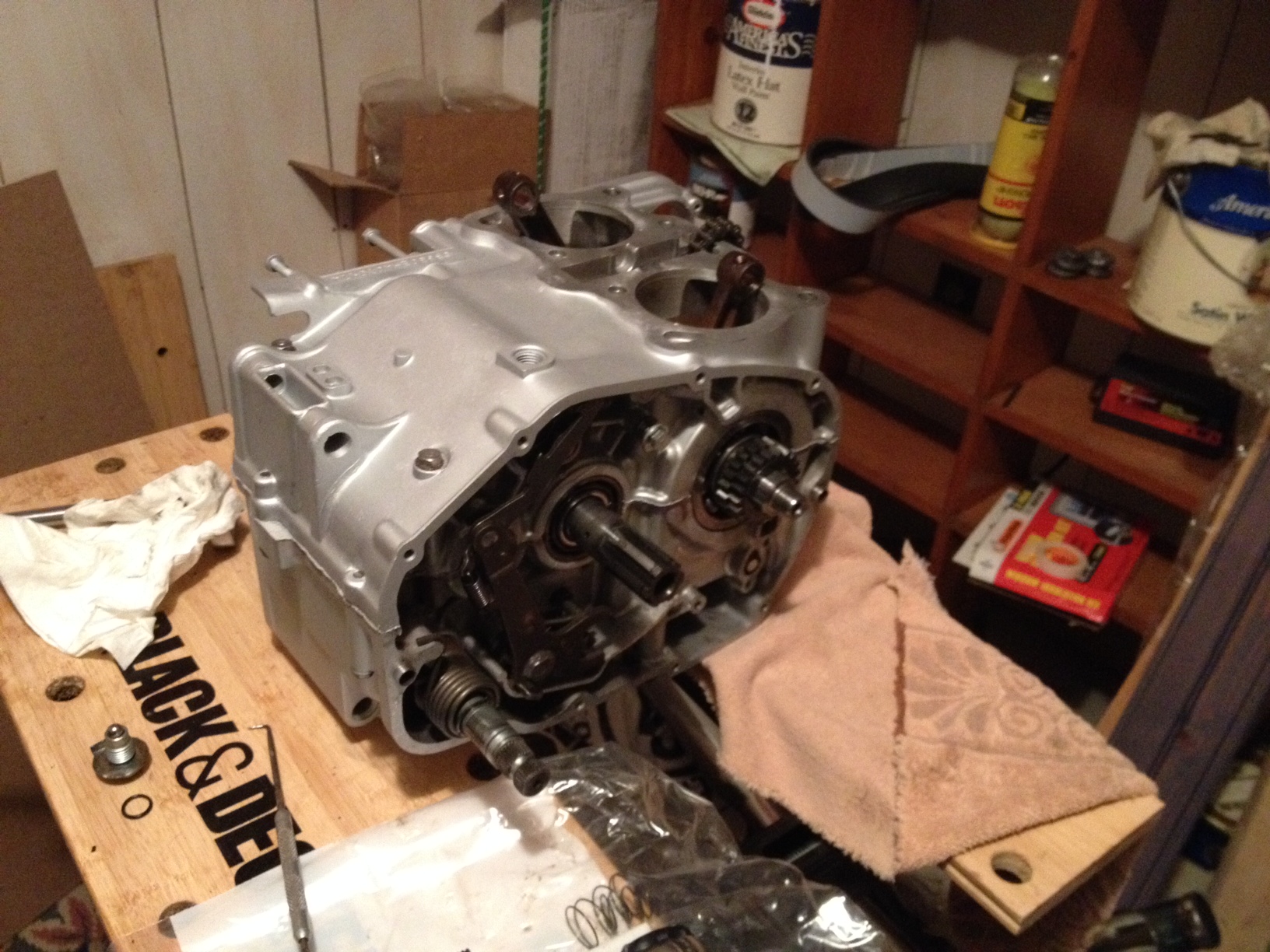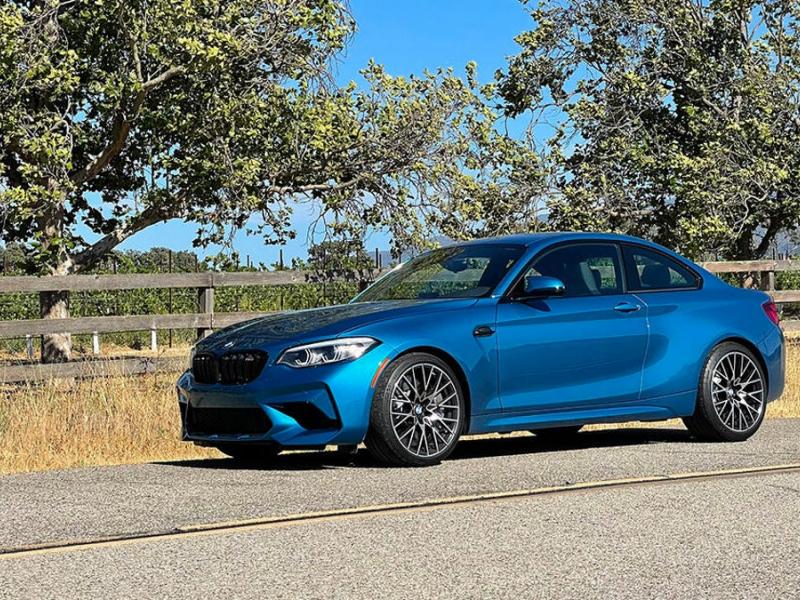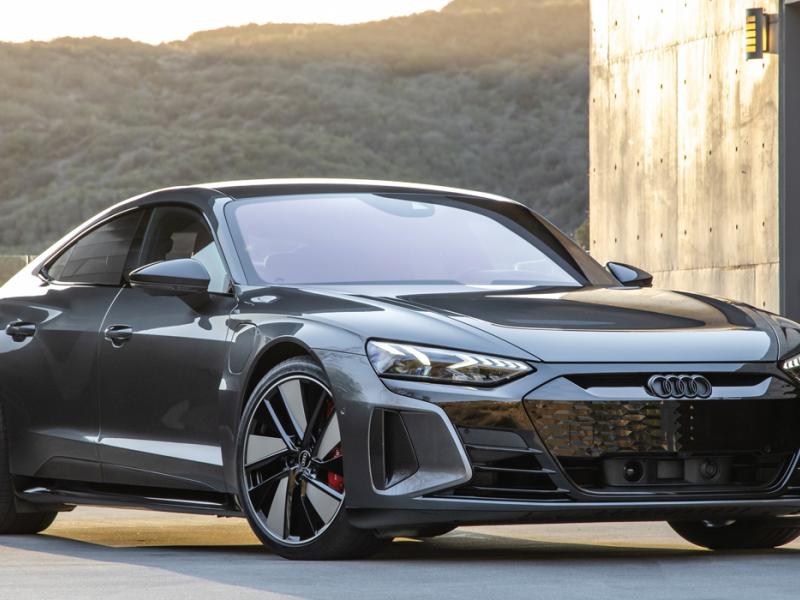Troubleshooting a Backfiring Exhaust on a 350 Cubic Engine
Backfiring can easily bring serious damages to an engine particularly in case if this problem is not quickly fixed. You can easily deduce this problem by the carburetor or distributor. The carburetor brings the air or fuel mixture to the engine on the other hand the distributor ignites that mixture in the cylinders. On Chevrolet’s 350 these components are on top of its engine, hence it is quite easy to check them. Here the way of troubleshooting a backfiring exhaust on a 350 Cubic Engine.
Air/Fuel Mixture:
In the majority cases, a lean air/fuel mixture can lead to backfiring, here lean mixture means that it has too much oxygen in it. First you have to verify that the mixture screw(s) on carburetor are attuned correctly. On 350 Cubic engines the majority carburetors utilize a single air or fuel mixture screw, although some carburetors employ two as well. After checking it take a screwdriver and use it to tighten the adjustment screw(s) in the carburetor at the same time as the engine is at rest until unless when the engine speed begin increasing, subsequently loosen the screw(s) half a turn.
If there is dirt or water in the fuel, it will also cause a lean air and fuel mixture. You are recommended to exhaust the fuel tank if it has fuel for over three months. If the engine is cold and backfiring comes about, then verify that the choke of carburetor is not fixed in the open position.
Distributor Problem:
If you find that the carburetor is adjusted appropriately as well as the choke is functioning well, then backfiring can occur from the distributor. There are nine metal contacts underneath the 350’s distributor cap. From which one contact is for coil wire, and all the remaining are for the 350’s eight cylinders. Electrical current goes into the distributor from the coil wire at the top of the distributor cap and after that it is sent off to each of the eight cylinder contacts separately. In this way if electrical current is move to the wrong contact point and at the wrong time this can cause backfiring. This type of predicament is at times called as “Leakage.”
For this course, take out the distributor cap, and examine its exterior and interior to see if there are cracks, which can also result in leakage. If you find there any crack, then simply replace the cap. But if the cap is not broken, then come to the spark plug wires and check if they are mixed up on the distributor cap’s top. You can take help form the engine’s specifications manual to find out the accurate position of each wire on the distributor cap.





